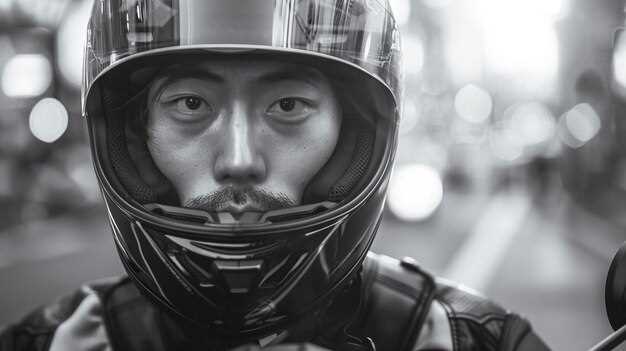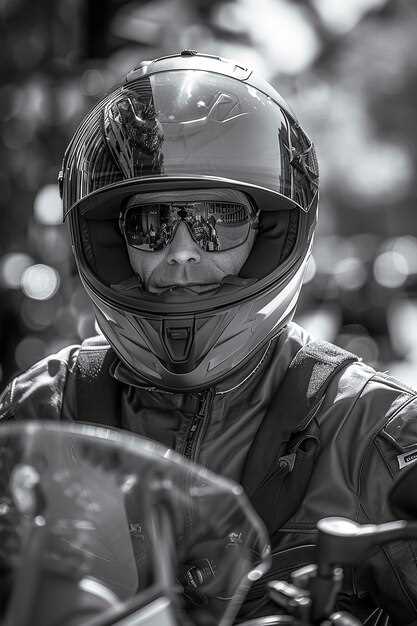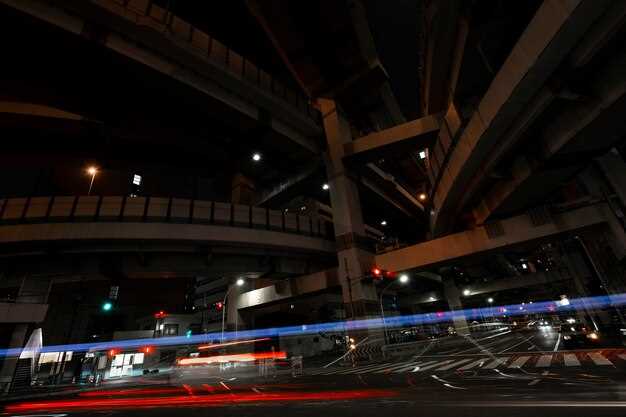
The world of MotoGP racing is a breathtaking spectacle that showcases the pinnacle of motorcycle competition. Here, elite riders from across the globe gather to push both themselves and their machines to the limits. This exhilarating sport not only highlights the incredible skill and bravery of its participants but also invites fans into a realm of speed, precision, and strategy that few other sports can match.
Each race is a captivating display of athleticism, where the elite riders navigate intricate tracks at phenomenal speeds, often exceeding 200 miles per hour. These athletes undergo rigorous training and possess a unique combination of physical fitness, mental resilience, and technical knowledge. Their ability to handle intense pressure while executing complex maneuvers makes every race a nail-biting event.
As the engines roar and the rubber meets the asphalt, spectators experience not only the thrill of competition but also the rich history and culture surrounding MotoGP. From legendary rivalries to record-breaking performances, the stories of these elite riders add depth to the excitement of each event, making MotoGP more than just a series of races, but a celebration of speed, skill, and passion in the world of motorsport.
Understanding the Technical Aspects of MotoGP Bikes
MotoGP bikes represent the pinnacle of motorcycle engineering, designed for performance, speed, and agility on the racetrack. These elite machines integrate advanced technologies that push the boundaries of what is possible in motorsport. Each component is meticulously crafted to enhance the rider’s experience and maximize the bike’s potential.
One of the most significant features of MotoGP bikes is their lightweight chassis, typically made from a combination of aluminum and carbon fiber. This construction allows for optimal strength while minimizing weight, providing enhanced maneuverability during tight turns. The aerodynamics of the bike play a crucial role as well, with sleek bodywork designed to reduce drag and improve stability at high speeds.
The engines in MotoGP motorcycles are another highlight, usually exceeding 1000cc in displacement and utilizing cutting-edge fuel-injection systems. These powerplants generate incredible horsepower, often exceeding 250 hp, enabling extraordinary acceleration and top speeds that can surpass 350 km/h. The use of seamless transmission technology allows for smoother gear shifts without loss of power, further enhancing performance on the track.
Suspension systems in MotoGP bikes are designed to provide maximum grip and control, featuring advanced telemetry that helps teams adjust settings in real-time during races. This adaptability enables riders to tackle diverse racing conditions effectively. Additionally, the braking systems are equipped with high-performance carbon-carbon brake discs that offer superior stopping power, essential for maintaining control at high speeds.
Overall, the technical aspects of MotoGP bikes are a testament to the relentless pursuit of excellence in motorcycle racing, marrying innovation with performance to deliver an unforgettable experience for both riders and fans alike.
Profiling Elite Riders and Their Unique Skills

In the high-octane world of MotoGP, the spotlight shines brightest on a select group of elite riders whose exceptional abilities set them apart. Each rider brings unique skills honed through years of dedication and experience, making them standouts in the competitive racing landscape.
One key attribute of elite MotoGP riders is their incredible reflexes. The ability to react instantly to unforeseen challenges on the track can make the difference between victory and defeat. These riders demonstrate extraordinary hand-eye coordination, allowing them to maneuver through tight corners and adjust their trajectories in mere milliseconds.
Another defining skill is their deep understanding of motorcycle dynamics. Elite riders possess extensive knowledge of their machines, knowing how to optimize performance under varying conditions. They can fine-tune their riding style to suit specific tracks, weather, and tire conditions, which is crucial for success.
The mental fortitude of these athletes cannot be underestimated. Elite MotoGP riders maintain intense focus and composure even under immense pressure. They analyze race strategies on the fly and adapt quickly, making split-second decisions that are critical during close contests.
Furthermore, physical conditioning plays a vital role in their performance. Elite riders undergo rigorous training regimens, enhancing their strength, endurance, and flexibility. Their ability to withstand extreme g-forces and maintain control of their machines at high speeds is a testament to their physical prowess.
Lastly, teamwork and communication are essential skills for elite MotoGP riders. They work closely with their technical teams to maximize their bike’s performance through precise data analysis and feedback. This collaboration not only enhances their personal performance but also contributes to the overall success of their teams.
In conclusion, the world of elite MotoGP riders is characterized by a profound blend of physical skills, mental resilience, and technical expertise. Their unique talents and rigorous training enable them to face the thrilling challenges of the sport, captivating audiences around the globe.
Insights into the Strategy Behind MotoGP Races

The thrill of MotoGP racing extends beyond high speeds and breathtaking maneuvers; it encapsulates a profound strategic dimension that often determines the elite riders’ success on the track. Understanding these strategies offers invaluable insights into the complex world of motorcycle racing.
Tire Management plays a crucial role in race strategy. Different tire compounds offer varying levels of grip and durability. Teams must decide on the optimal tire choice based on weather conditions and track surface. A well-timed tire change can make the difference between a podium finish and a mid-field result. Riders must feel comfortable with their chosen tires to push the limits and maximize performance throughout the race.
Another key aspect is fuel strategy. MotoGP races have strict fuel limits, making it imperative for teams to optimize fuel consumption without sacrificing speed. Riders often adjust their riding style, employing techniques that conserve fuel while maintaining competitive lap times. This strategic balance can dramatically impact race outcomes, especially towards the latter stages when fuel reserves become critical.
Data analytics has revolutionized the strategic approach in MotoGP. Teams collect vast amounts of data during practice sessions that track each rider’s performance metrics. This information is analyzed to develop specific strategies tailored to both the rider’s preferences and the unique characteristics of each circuit. Real-time telemetry allows teams to make informed decisions mid-race, adjusting settings and strategies to counter rivals effectively.
Furthermore, team dynamics play an essential role in MotoGP strategy. Coordination between the rider and pit crew can influence race pace and strategy implementation. Effective communication during pit stops ensures that any required adjustments are made promptly, allowing riders to regain lost time or maintain their lead. Strong teamwork can offer a significant competitive edge over rival teams.
Finally, mental strategy also shapes the rider’s performance. MotoGP requires not just physical fitness but also psychological resilience. Riders must remain focused under intense pressure while anticipating their competitors’ moves. Decisions made on the fly regarding overtaking maneuvers or defending positions are critical; these choices can often hinge on mental fortitude and experience.
In conclusion, the exhilaration of MotoGP racing is driven not only by speed and skill but also by elaborate strategic planning. From tire and fuel management to the use of data analytics and team dynamics, the strategies employed by elite competitors underscore the intricate balance between man and machine in this thrilling sport.
